Avobenzone Acid for Cosmetic Manufacturers: The Ultimate Guide
Avobenzone Acid is a key raw material in cosmetic manufacturing, particularly for products in the organic acids segment. Known for its superior UVA protection capabilities, Avobenzone is widely used in sun care, anti-aging products, and daily skincare solutions. If you’re a cosmetic manufacturer seeking premium-quality Avobenzone, this guide will provide a detailed overview of its benefits, applications, and sourcing options, including bulk prices in Pakistan.
What is Avobenzone Acid?
Avobenzone Acid is a synthetic, oil-soluble compound widely recognized for its ability to absorb ultraviolet A (UVA) rays. It was approved by the FDA in 1988 as a safe and effective sunscreen ingredient. Unlike other UV filters, Avobenzone provides broad-spectrum protection against UVA rays, which penetrate deeper into the skin and contribute to premature aging and skin cancer.
Why is Avobenzone Acid Essential for Cosmetic Manufacturing?
1. Superior UVA Protection
Avobenzone effectively absorbs UVA rays ranging from 310 to 400 nm, offering superior protection against long-term sun damage. UVA rays can penetrate clouds and glass, making daily UVA protection essential for maintaining healthy skin. Studies have shown that prolonged UVA exposure leads to photoaging and DNA damage (source).
2. Stability in Formulations
Although Avobenzone tends to degrade when exposed to sunlight, stabilizers like Octocrylene and Butyloctyl Salicylate enhance its photostability. Modern formulations often combine Avobenzone with other UV filters to ensure lasting protection. For instance, products like Neutrogena Ultra Sheer Dry-Touch Sunscreen incorporate this stabilizing approach effectively (source).
3. Versatile Integration
Avobenzone blends seamlessly with various cosmetic formulations, including:
- Sunscreens (lotions, sprays, gels)
- Anti-aging creams
- Moisturizers with SPF
- BB and CC creams
This versatility makes it a go-to ingredient for cosmetic manufacturers looking to enhance their product lines.
Benefits of Using Avobenzone Acid in Organic Acids-Based Cosmetics:
Effective Sun Protection for Anti-Aging Products
Incorporating Avobenzone into anti-aging formulations helps protect against photoaging. UVA rays break down collagen and elastin fibers, leading to wrinkles and sagging skin. By adding Avobenzone Acid, manufacturers can create products that not only nourish the skin but also protect it from future damage.
Example: Anti-aging creams containing Avobenzone alongside Retinol can both repair and protect skin. Retinol stimulates collagen production, while Avobenzone shields it from UVA damage (source).
Daily Skincare Solutions with SPF:
The demand for multifunctional skincare products is rising. Consumers prefer moisturizers and serums that combine hydration with sun protection. Avobenzone allows manufacturers to produce SPF-infused day creams that cater to this growing need.
Stat: According to a report by Market Research Future, the global sun care market is expected to reach $13 billion by 2025 due to increasing awareness of UV protection (source).
Enhancing Product Appeal with Broad-Spectrum Protection:
Products that offer broad-spectrum protection (UVA and UVB) are more appealing to consumers. Combining Avobenzone Acid (UVA protection) with UVB filters like Homosalate or Octinoxate ensures comprehensive sun protection.
Complementary Organic Acids for Upselling:
1. Salicylic Acid
Benefits:
- Exfoliation: Removes dead skin cells and unclogs pores.
- Acne Control: Effective for oily and acne-prone skin.
Salicylic Acid works well in combination with Avobenzone in sun-protecting face washes and lotions, particularly for acne-prone skin.
Example Product: La Roche-Posay Effaclar Medicated Gel Cleanser combines Salicylic Acid with SPF for daily protection (source).
2. Citric Acid
Benefits:
- Skin Brightening: Helps fade dark spots and pigmentation.
- Antioxidant: Protects skin from free radicals.
Citric Acid can be paired with Avobenzone Acid in brightening serums or sunscreens designed to reduce hyperpigmentation.
3. Glycolic Acid
Benefits:
- Exfoliation: Improves skin texture by removing dead cells.
- Anti-Aging: Reduces fine lines and hyperpigmentation.
Incorporating Glycolic Acid with Avobenzone Acid in anti-aging sunscreens enhances both exfoliation and UV protection, offering comprehensive skincare.
Specifications of Avobenzone Acid:
- Name: Avobenzone Acid
- Origin: China
- Shelf Life: 2 years
- Applications: Sun Protection, Anti-Aging, Daily Skincare
Quality Assurance
We source our Avobenzone Acid from trusted manufacturers in China who adhere to ISO standards. Each batch undergoes rigorous quality checks to ensure it meets purity and efficacy requirements.
Competitive Pricing in Pakistan
We offer bulk pricing to ensure you get the most cost-effective solutions. For detailed pricing, please contact our sales team directly.
Customer Support and Reliability
Our dedicated support team assists you through the purchasing process, ensuring timely deliveries and addressing any concerns.
External Resources for Further Reading:
- FDA Guidelines on Sunscreen Ingredients: FDA.gov
- Research on Avobenzone Photostability: PubMed Study
- Global Sun Care Market Insights: Market Research Future
By incorporating high-quality Avobenzone Acid into your formulations, you can create superior products that meet consumer demand for effective sun protection and anti-aging benefits. Partner with us for your bulk needs and ensure your cosmetic line stands out in a competitive market.

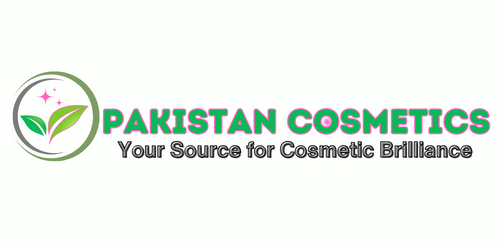
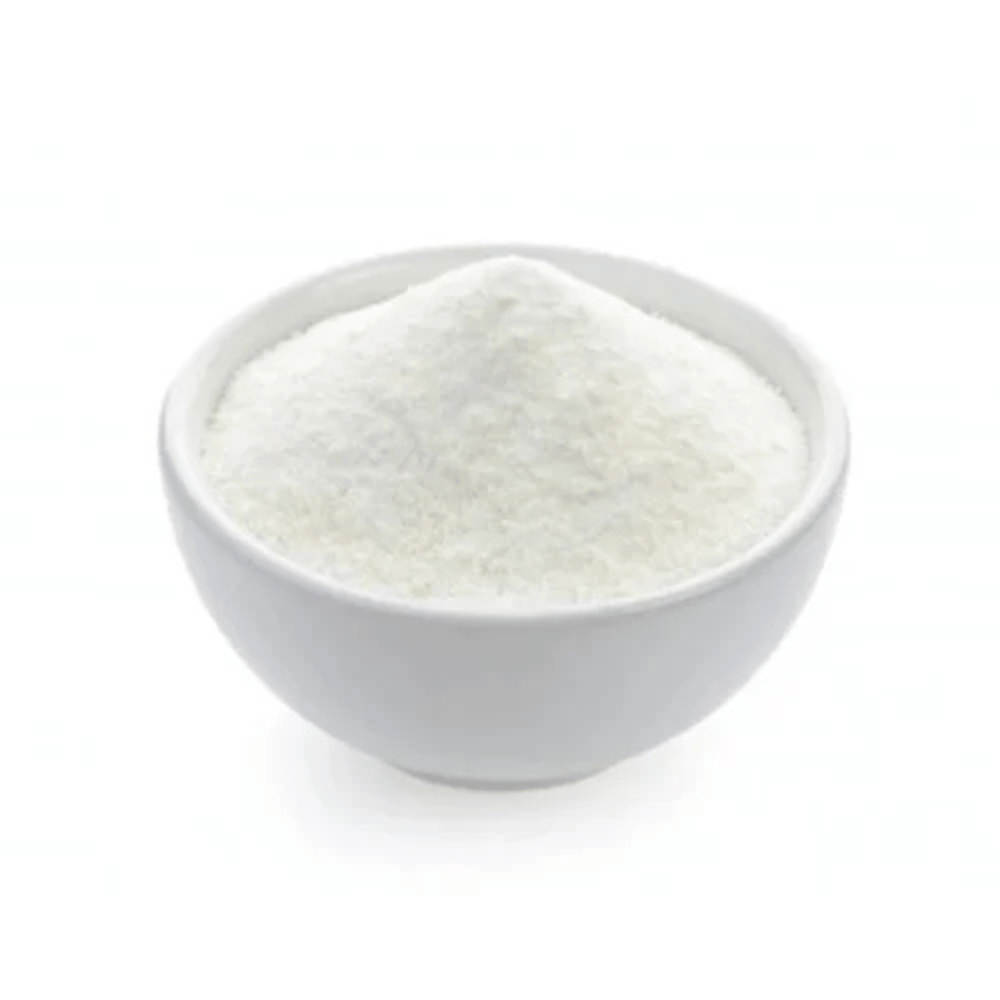
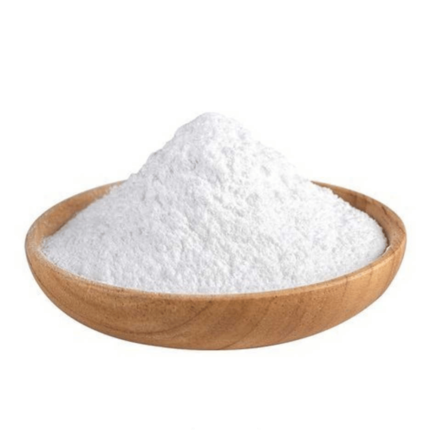
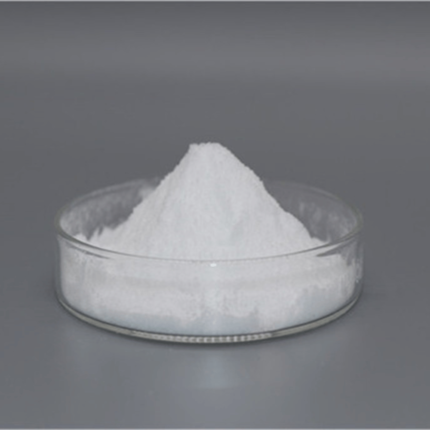


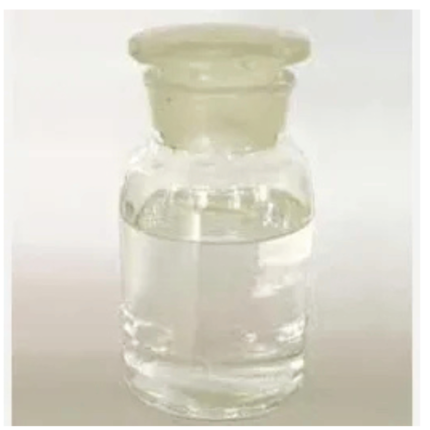
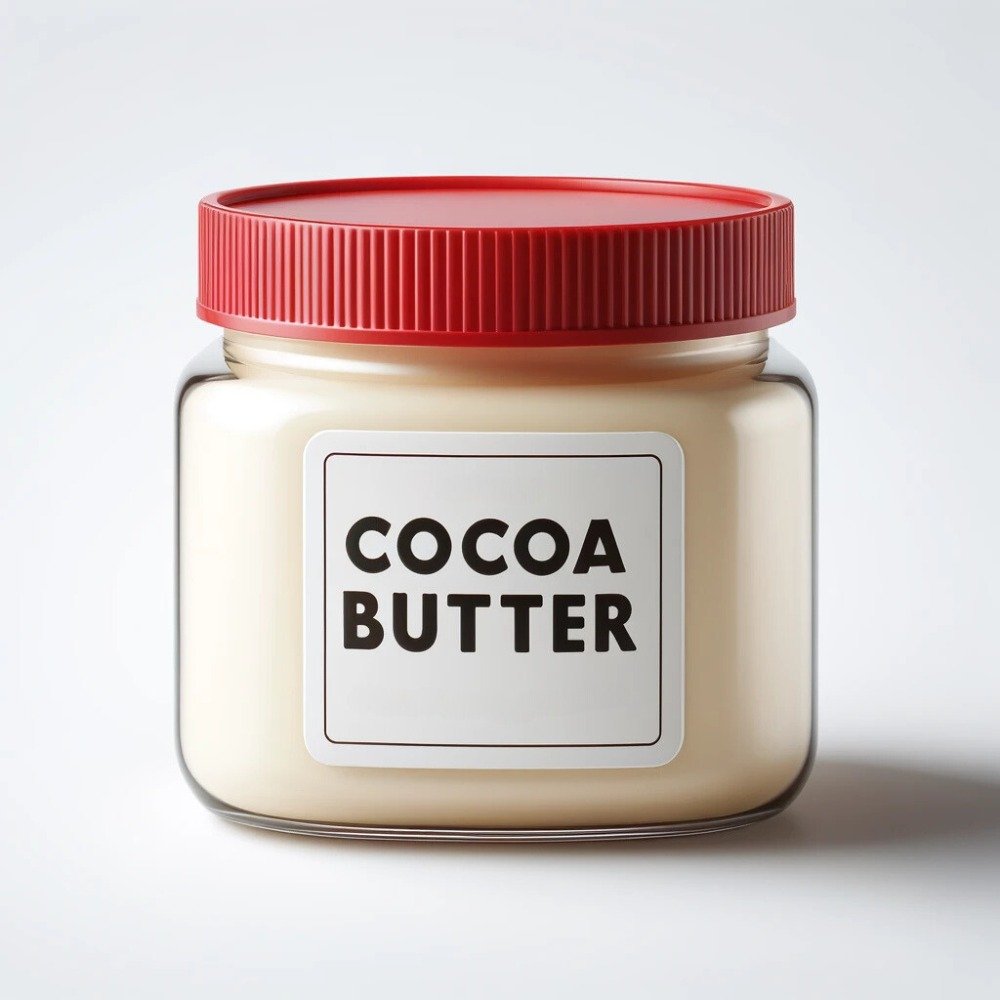
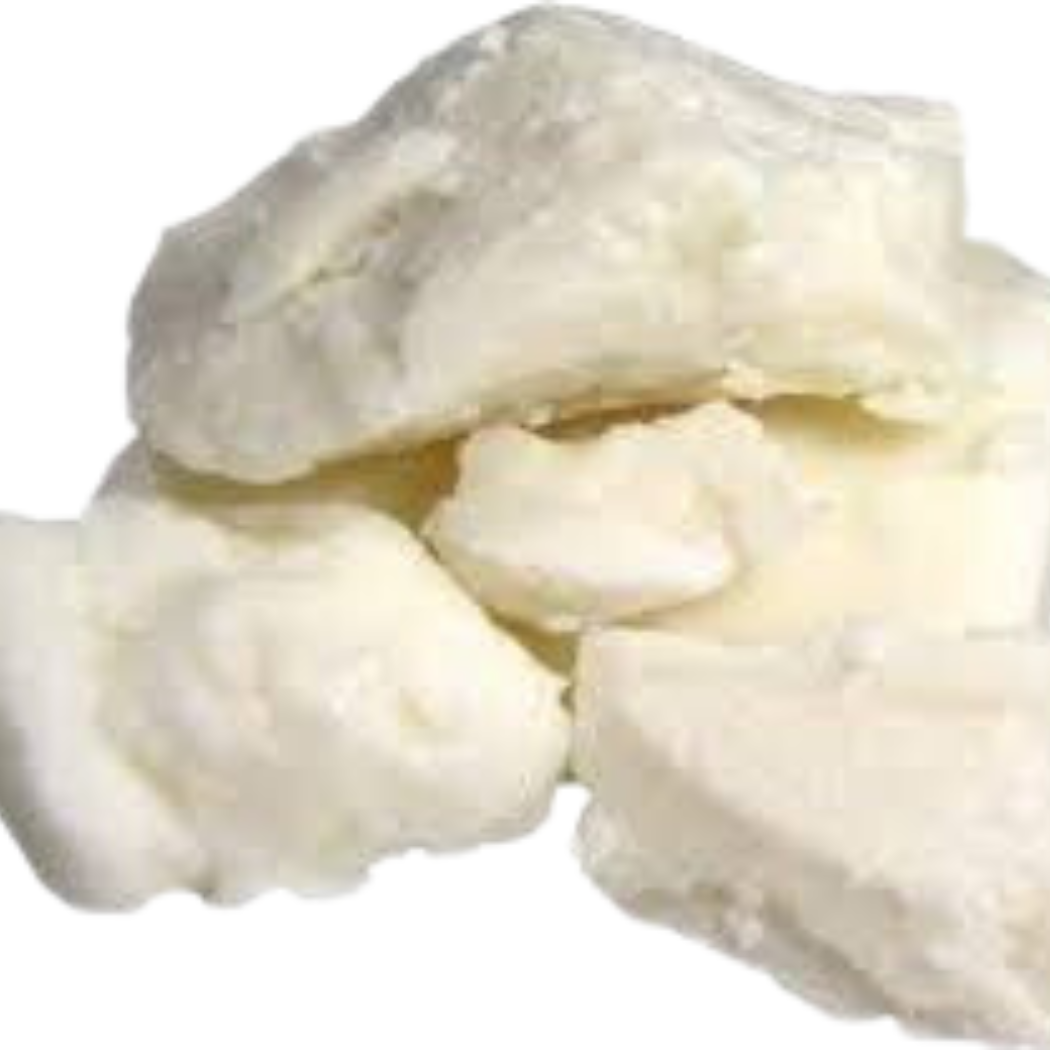
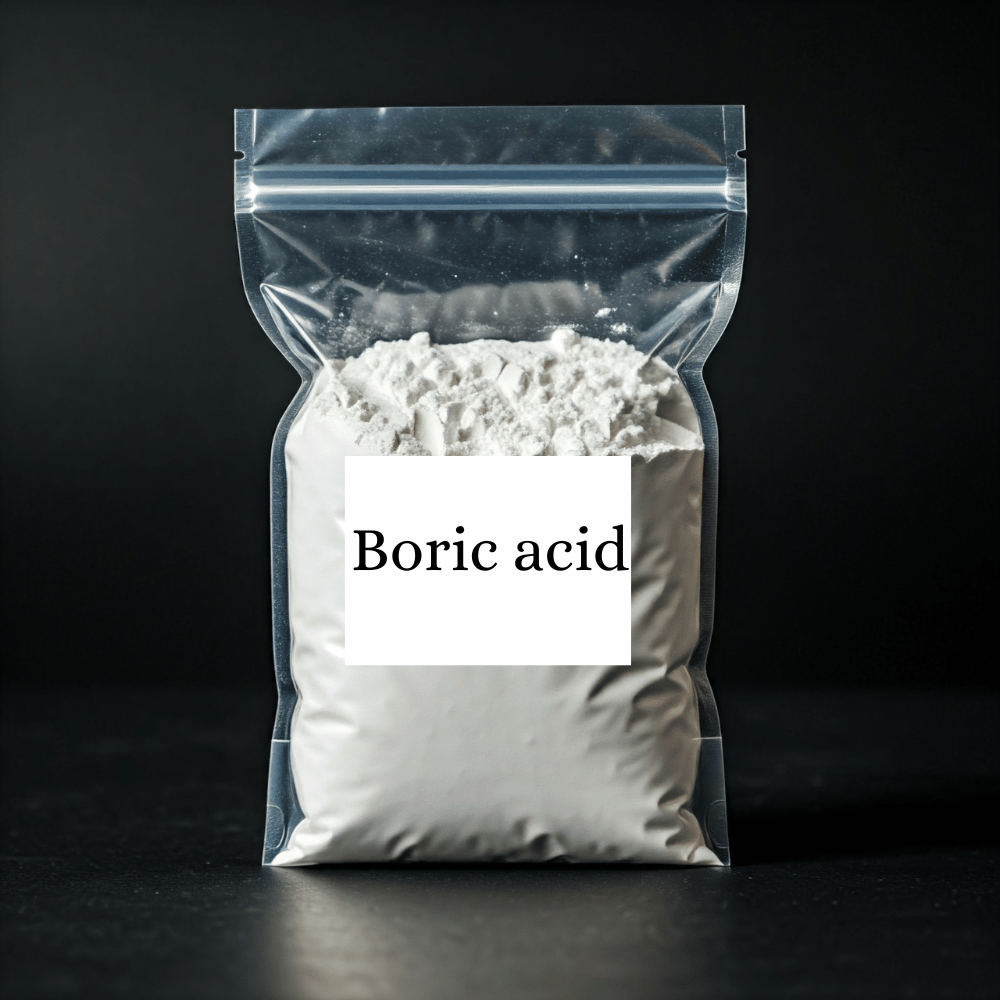
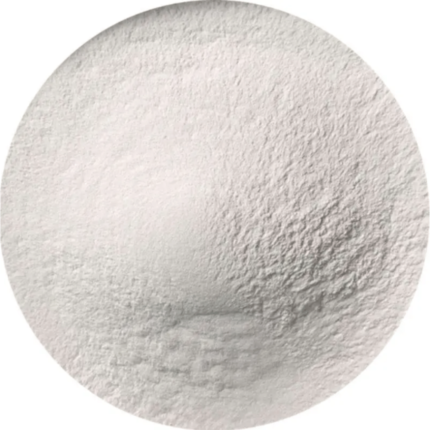

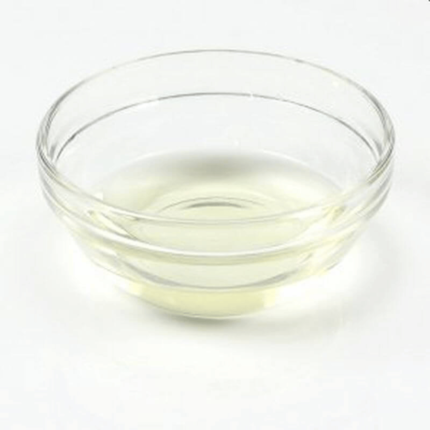
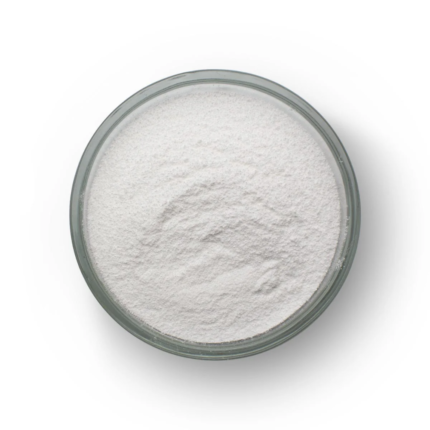
Reviews
There are no reviews yet.